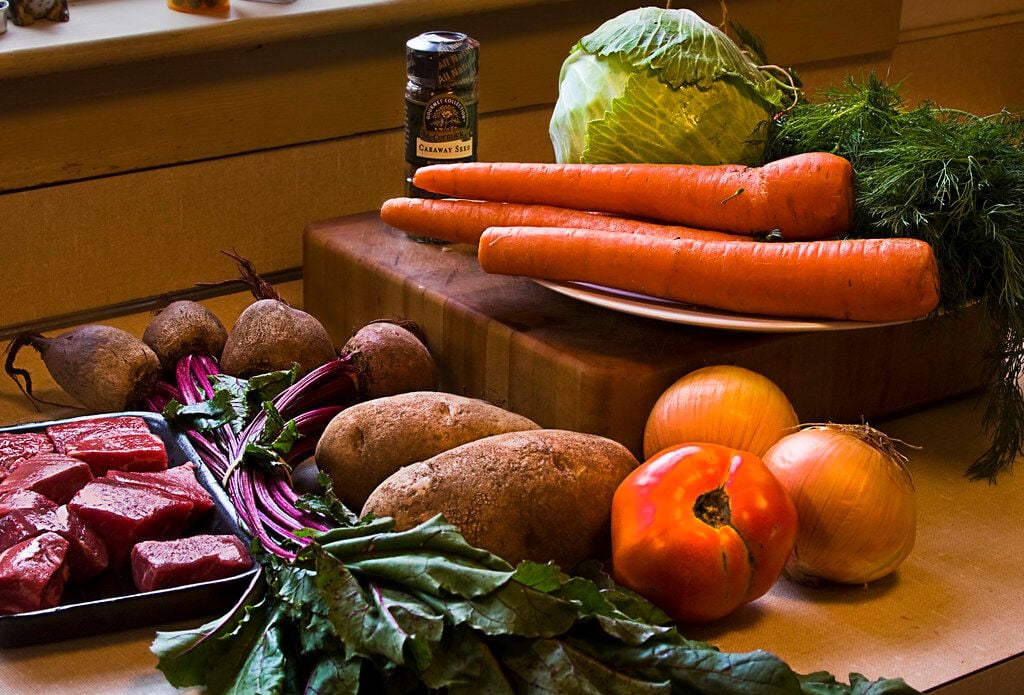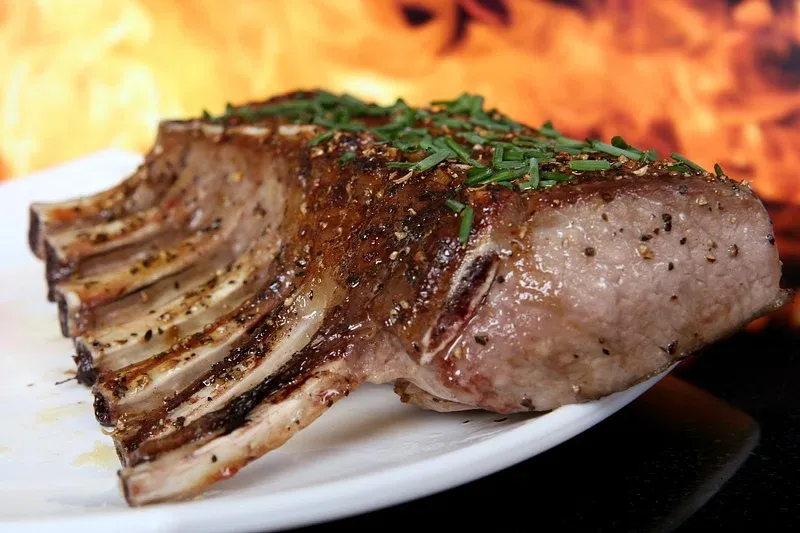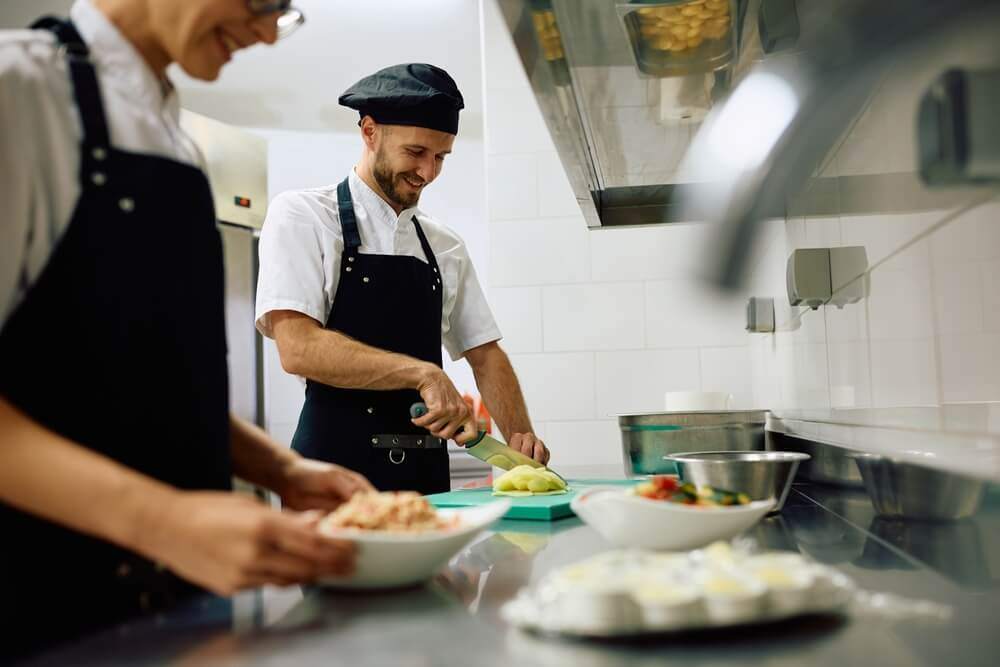
Cracking the Code of Heirloom Tomatoes
- Jul 10, 2024
Have you always wondered about those peculiar-looking, vibrant tomatoes you spot in the grocery store, frequently labeled as "heirloom"? Yes, they possess an uncanny resemblance with regular tomatoes, but just one bite reveals an entire universe of flavor that leaves you yearning for more.
More often than not, if you find yourself relishing a sturdy and mildly acidic tomato, you're not experiencing an heirloom. You are tasting a hybrid tomato that's been spruced up with clever marketing. Genuine heirloom tomatoes have super thin skins and their flesh explodes with juices that are tantalizingly sweet or tangy, complemented by a savory zest akin to an elusive summer breeze.
“The biggest clue that you're eating an heirloom tomato is the flavor,” clarifies Benjamin Pauly, the go-to authority on heirloom tomatoes and a master gardener at Woodstock Inn & Resort in Woodstock, Vermont. Since 2013, Pauly has cultivated an impressive list of heirloom tomato varieties in the inn’s Kelly Way Gardens. This year, guests are treated to 51 varieties at the 9th Annual Great Tomato Tasting event, hosted in August.
He shares a quote from the legendary jazz musician, Miles Davis, that encapsulates the philosophy behind heirloom tomatoes: "'If it sounds good, it is good,' and the same could be said about tomatoes: 'If a tomato tastes good, it is good'." says Pauly.
To be recognized as "heirloom", a tomato has to be derived from seeds that have been handed down within families or communities, drawing a comparison to shared heirloom jewelry or furniture. Ideally the tomato species should predate the 1950s, as Pauly explains, "that’s when the hybridization of tomatoes really took off."
Hybrid tomatoes are the offspring of two distinct plant types that have been deliberately cross-pollinated to extract the best features of both parents. Contrarily, heirloom tomatoes rely on open pollination where their flowers are fertilized naturally by a range of pollinators such as bees, moths, birds, bats, or even the wind and rain.
Pauly disapproves of the misuse of the term "heirloom" for marketing hybrid tomatoes that merely look the part, but acknowledges that in recent years, he has relaxed his parameters. One of the reasons behind this is the absence of any official regulations governing heirloom tomatoes, which inevitably leads to hybrid tomatoes being falsely labeled as “heirloom” on store shelves.
When growing these succulent summer treasures, focus on airflow. As Pauly recommends, "The plant should be able to dry out properly between watering to prevent the onset of diseases." Use organic broad-spectrum fertilizers, emphasizing on those rich in micronutrients like fish and seaweed emulsions, and don’t forget to augment the soil with compost annually.
Just remember to plant more than you think you’ll need, as heirlooms are not typically high yielders. "Don't get disheartened by the quantity of fruit obtained, the true reward is in its taste," advises Pauly. "Savor it while it lasts, as it indeed is a fleeting moment in the grand tapestry of seasons."
When enjoying heirlooms, keep it simple. Pauly often savors them in a classic caprese salad, or whips up a delightful no-cook tomato sauce, or perhaps adds them to a traditional BLT sandwich. If you're feeling experimental, blend them for Gazpacho, a chilled tomato soup, or collect the fresh tomato water as a brilliant substitute for tomato juice in Bloody Marys.
There indeed are no rules for indulging in these summer delights. As Pauly points out, "A few raw slices of tomato sprinkled with salt and drizzled with olive oil is heavenly in its own right. Waiting for the whole season for this treat is surely worth it."






